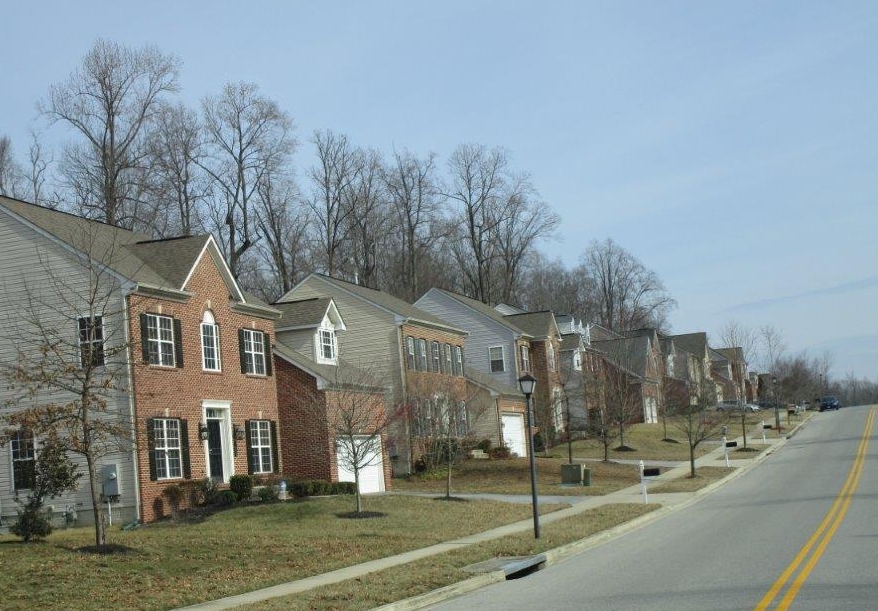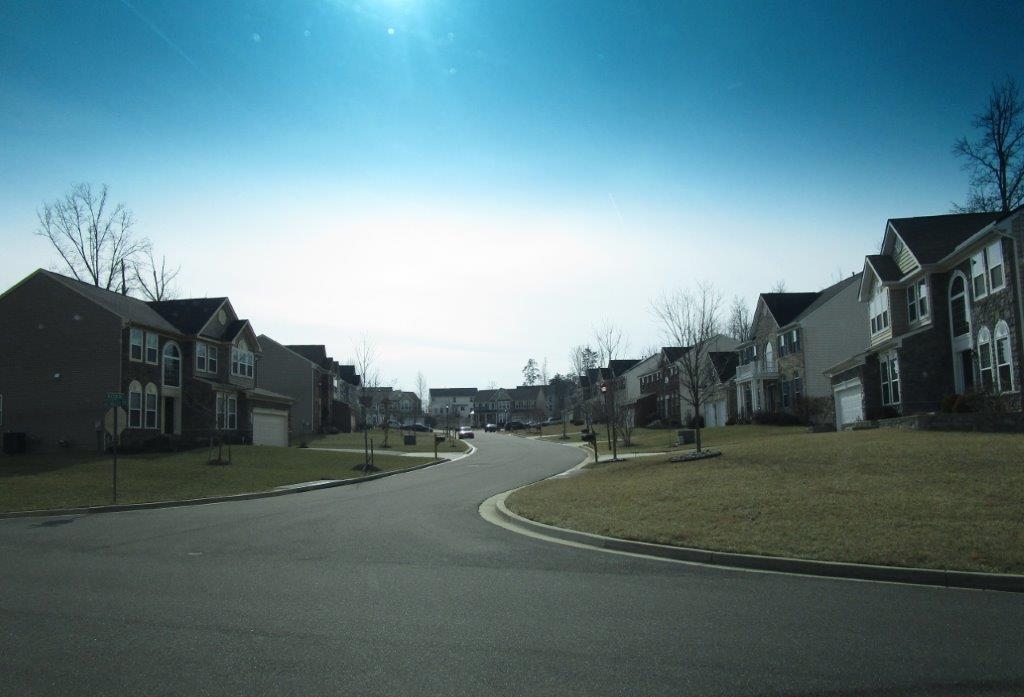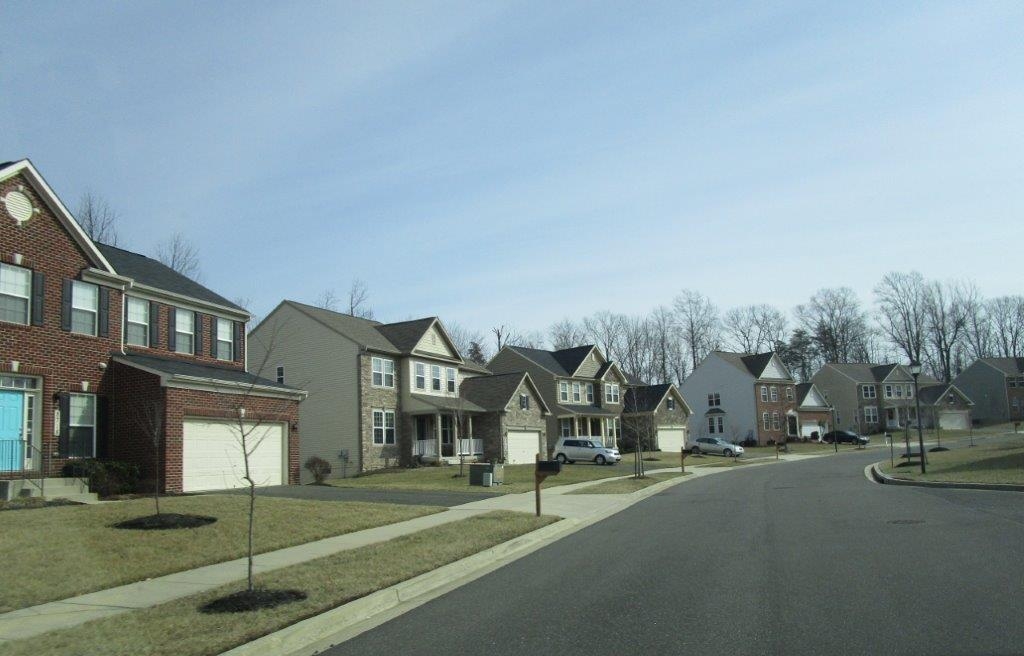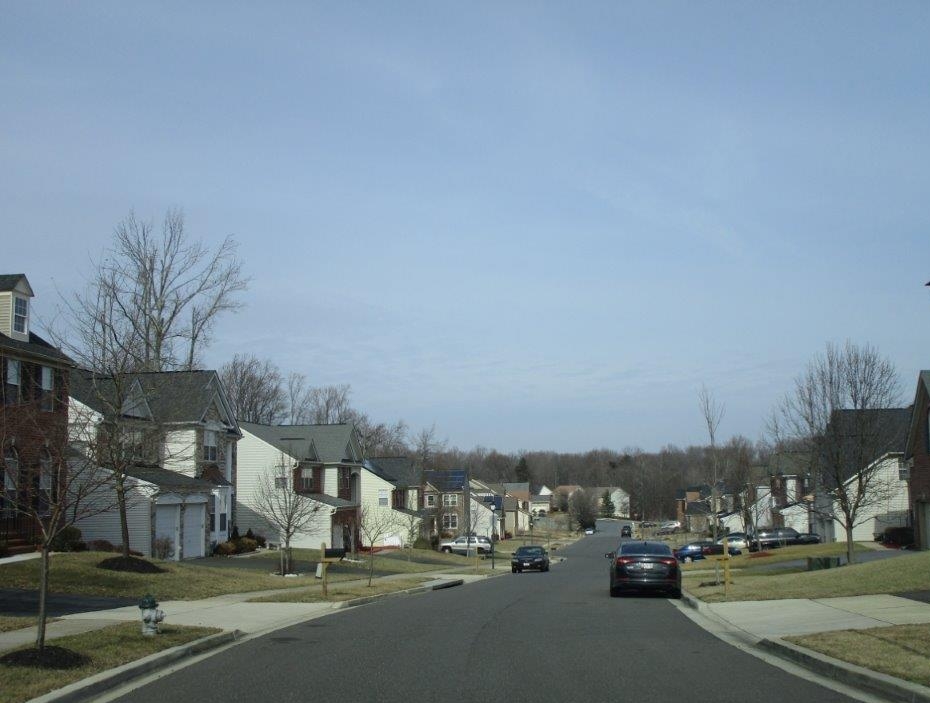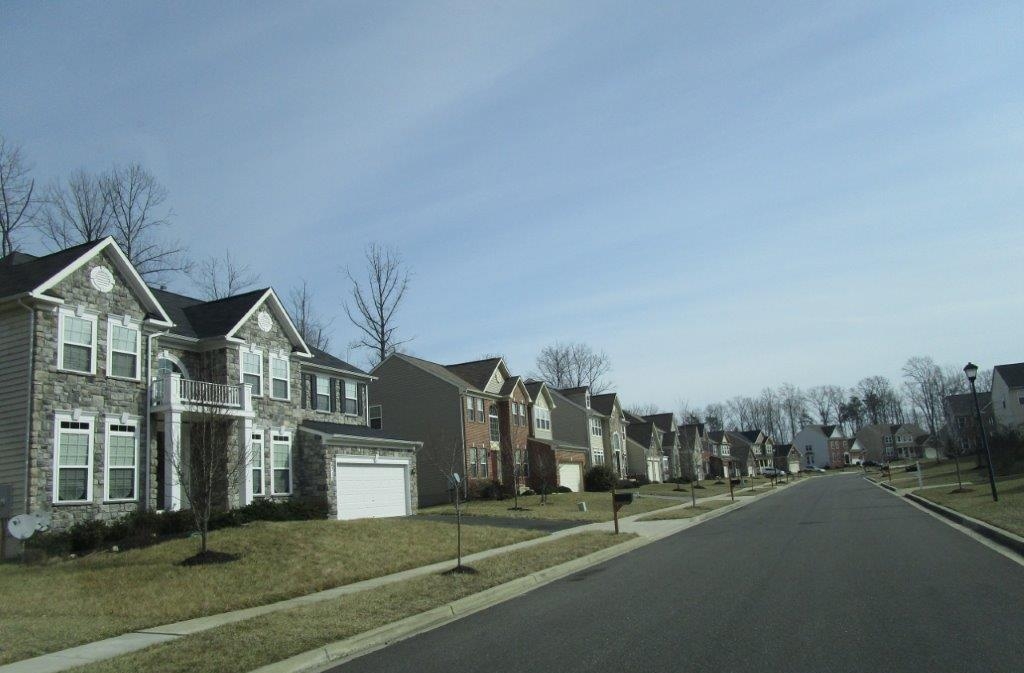Cheltenham Park
Cheltenham Park is 70.38-acre development in Clinton, MD. It was subdivided and developed into 129 quarter-acre single family lots in 2006 and 2007. A majority of the developed lots were sold to Richmond American Homes (RAH). The remaining lots were reserved for the developer, Haverford Homes. Stephen Gunn joined Haverford in 2007 and assumed managerial responsibilities for the Land Development Department.
The Cheltenham Park development had substantial issues:
- During the rough grading phase the lots in Phase 2 were surcharged with excess soils averaging 400 cubic yards per each lot. This generated 30,000-40,000 cubic yards, or 3,000-4,000 tandem truckloads of materials that had to be removed from the site.
- RAH was responsible for the first 5 truckloads of surplus materials that were removed from their building pads. The developer, Haverford Homes, was responsible for the remaining costs. Without an onsite disposal location, the costs to dispose of these excess materials added $750/lot for RAH and $5,150/lot for Haverford Homes.
- Stephen Gunn directed the Site Plan and Tree Conservation Plan to be revised to allow for the approved Woodland Conservation Area (WCA) to be cleared and filled with the 50,000 cubic yards of surplus soils. This was achieved and the new WCA allowed replanting at the higher elevation. These creative modifications saved Haverford Homes up to $500,000.
- Stephen Gunn directed a detailed site survey of driveway aprons, curb, gutters, and sidewalks prior to final paving. Using his photographic file history, he proved to RAH they were responsible for $87,658.93 or 90% of the costs to remove and replace these damaged concrete improvements. This negotiation resulted in a substantial savings for Haverford Homes.
- During DPWT’s road paving inspection, they determined the actual depths of asphalt for the combined base and intermediate paving did not meet county specifications. They stipulated that 22,160 sq yds be removed and replaced prior to the final wearing surface pavement being installed. Haverford Homes was looking at a $450k repair cost or $3,500 per lot.
- Stephen Gunn called upon the services of a geotechnical firm to perform asphalt cores throughout the development which was summarized in a financial model for presentation to DPWT.
- A resolution was agreed upon that the final wearing surface would be increased from the 1-1/2” thickness to an average of between 1-3/4”-2-1/4” to achieve an overall asphalt paving section of six inches. This reduced the financial exposure for Haverford Homes from $450k down to less then $45k for a savings of $405k for the developer.
- A final cost savings of $11,450 was achieved for Haverford Homes during the Tree Conservation Plan (TCP-II) and Detailed Site Plan (DSP) revisions wherein the required 103 trees of 1-1/2” caliper could be substituted with 2,300 seedlings.
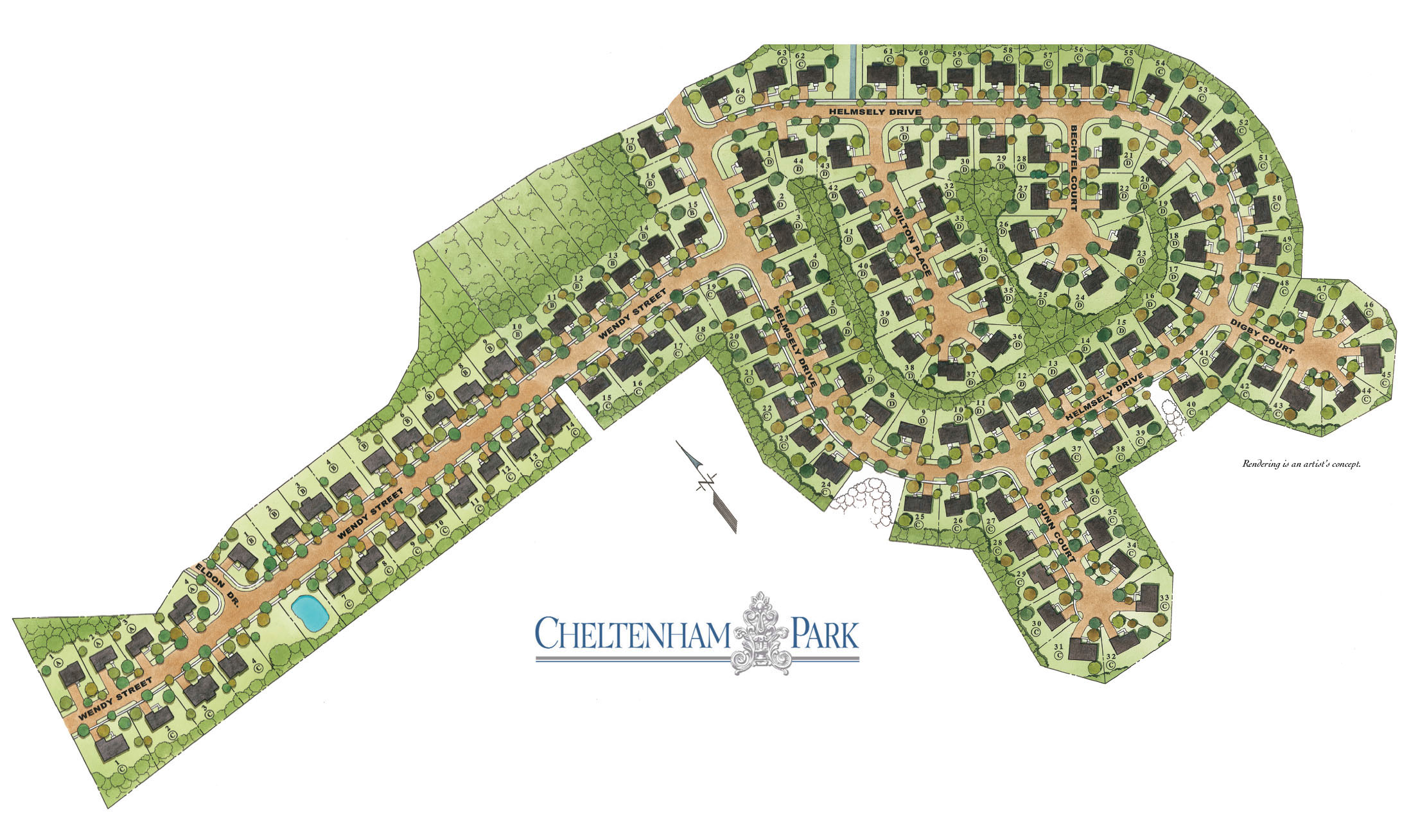
“It takes less time to do a thing right than to explain why you did it wrong.”


